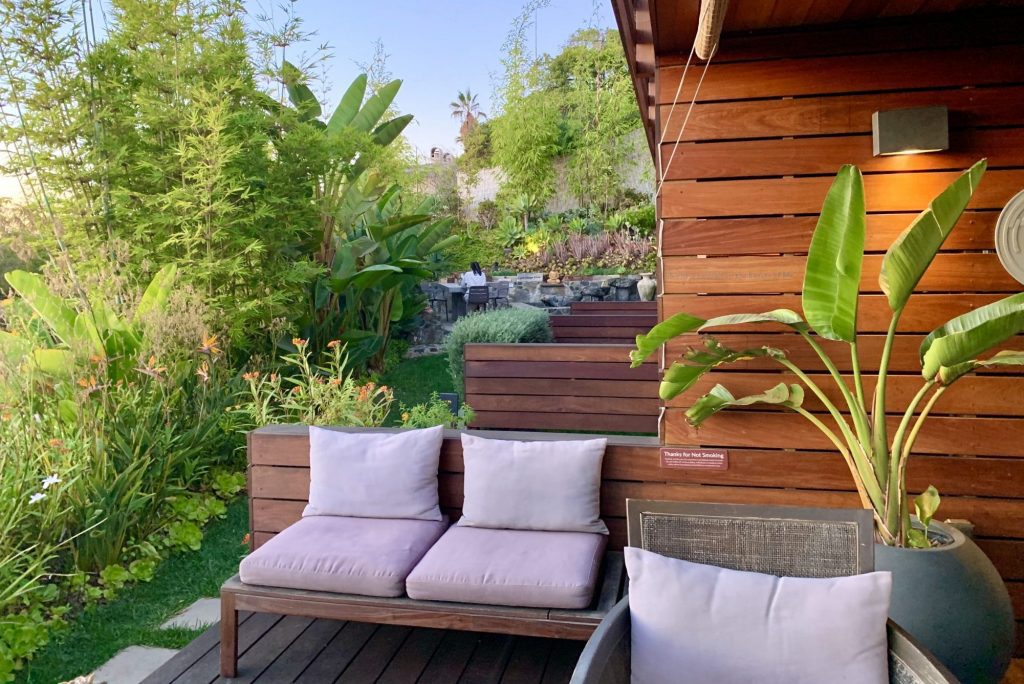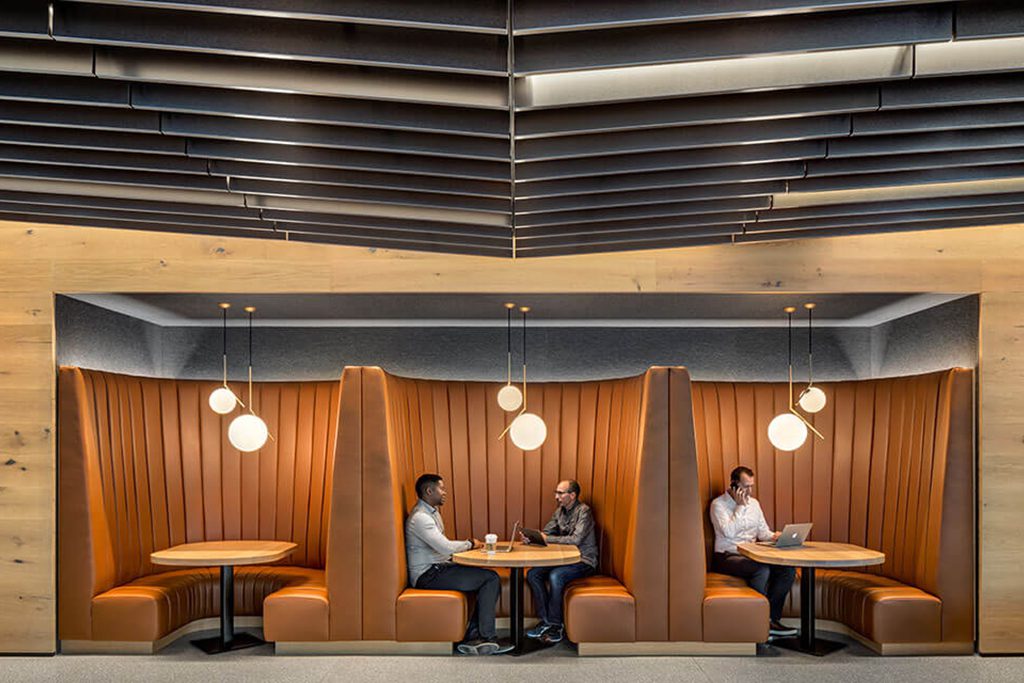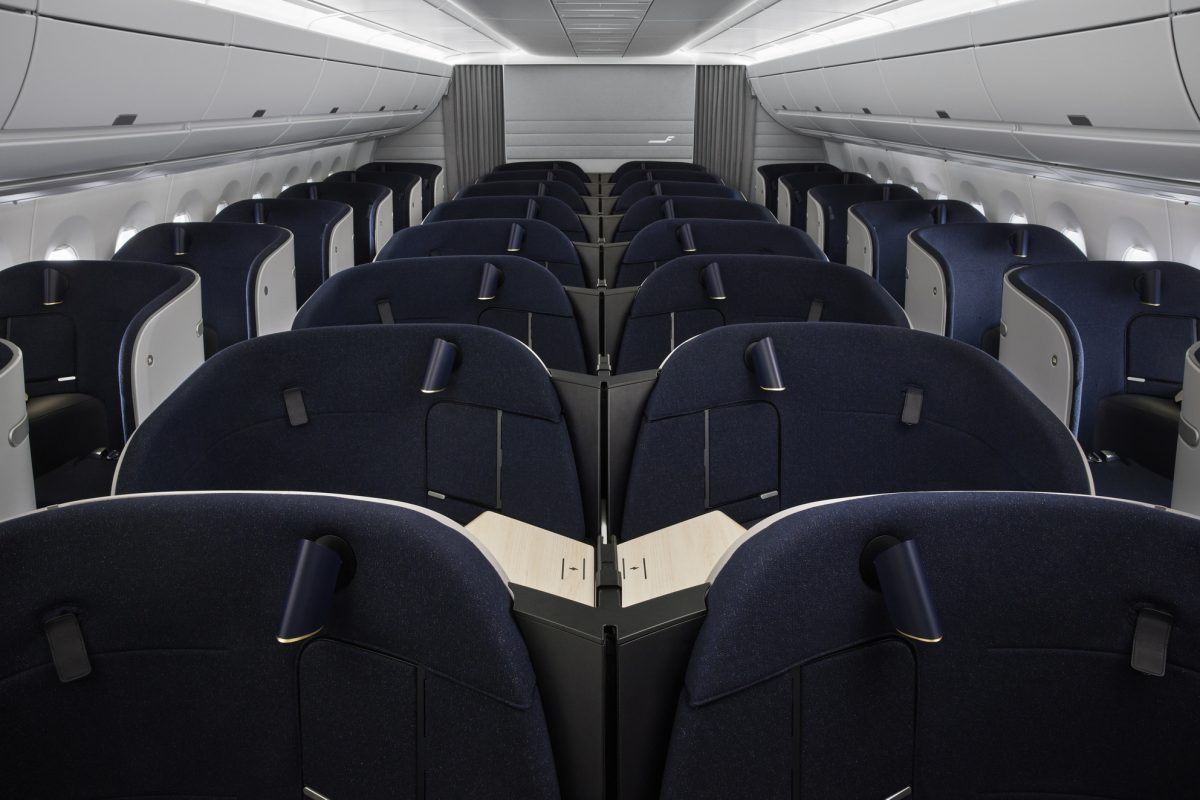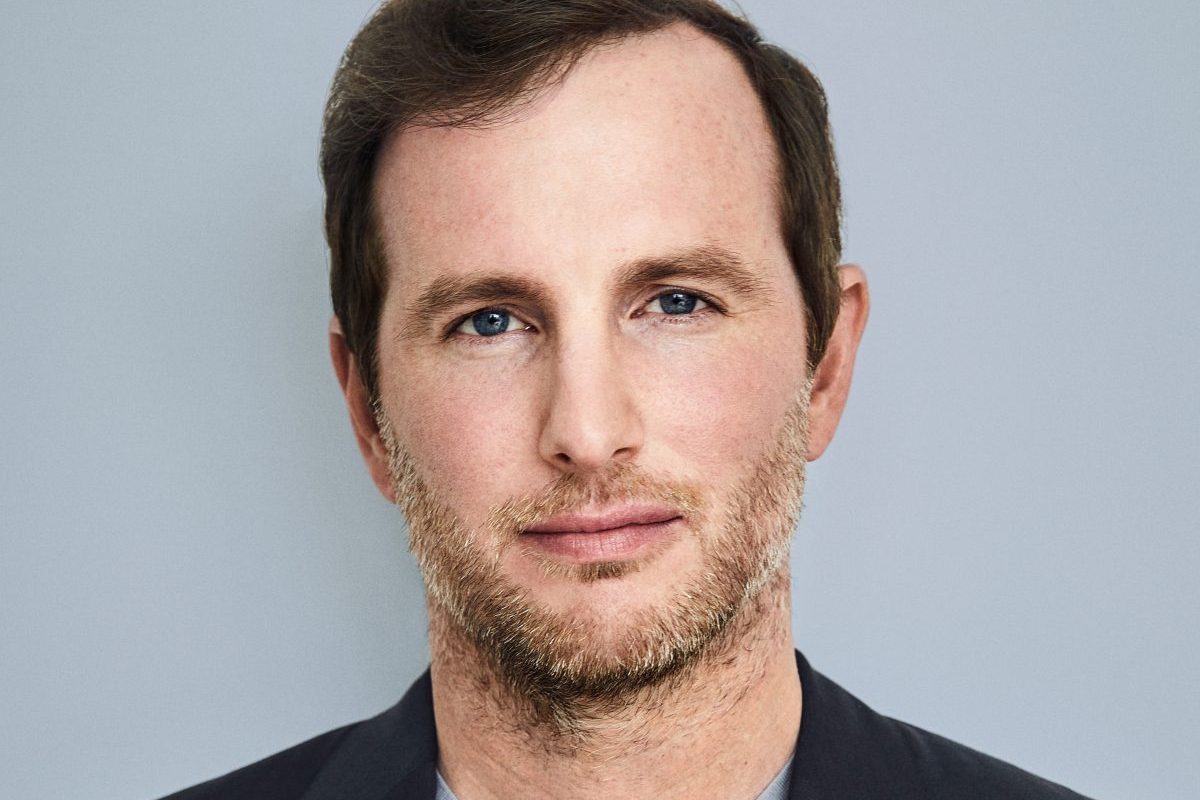Are Hotels Ready for Wellness Certification?

Skift Take
The concept of sustainability in the hotel industry during the past 30 years has progressed from programs designed to merely reuse towels to ones looking to ditch plastic bottles and reduce food waste. But the idea of sustainability in the hotel space is about more than just the environment, energy, and water efficiency, according to the Urban Land Institute's Sustainability in Hotels report. Properties that implement desirable health and wellness features will likely end up “personalizing the guest experience" and thereby "strengthening the overall value proposition and brand loyalty.”
But how do hotels measure their wellness value proposition? That’s where the WELL Building Standard comes in. It’s a performance-based system that measures, monitors, and certifies features of buildings that impact the well-being of the people who visit them. And if enough hotels buy in, the certification could change the wellness travel landscape in the years ahead.
The WELL Building Standard was pioneered by Delos, a wellness real estate company that also introduced a separate initiative, Stay Well hotel rooms, in 2014. Those are rooms that come packed with features like air purifiers, natural memory foam mattresses derived from plant extracts, and aromatherapy that appeal to wellness-focused travelers.
The program is now administered by the International WELL Building Institute (IWBI) and third-party certified through a collaboration with Green Business Certification Inc. During its first iteration, standards were most easily applied to office buildings. But an updated set of standards is more adaptable to other spaces — including hotels.
The certification program's launch came after “six years of research and development done in collaboration with the medical, scientific, and real estate community,” said Jessica Cooper, chief commercial officer for IWBI. “We looked at how buildings, places, and spaces impact human health and well-being.”
While the WELL Building Standard is designed to work alongside other green building standards — including LEED and the Living Building Challenge — it goes one step further by focusing solely on impacts on human health and wellness. “WELL is a standard that’s focused on human health, while others, like LEED and Green Globe, are primarily focused on planetary health,” Cooper said. “We complement the green building systems and a lot of overlap in the criteria, but the intent may differ.”
Boosting Wellness of Guests and Staff
For example, when LEED looks at lighting, it’s mainly considering energy efficiency, said Bill Browning, a partner in sustainability consulting firm Terrapin Bright Green. WELL, however, focuses on the effect of lighting on health. So, it looks at things like circadian lighting, which minimizes the physiological effects of artificial light on guests. “It’s not just about green buildings, but adding components specifically for health,” said Browning.
So what does the standard measure? There are 10 key elements: air, water, nourishment, light, movement, thermal comfort, materials, sound, mind, and community, with extra points awarded for innovation. Companies have to focus on these elements during the design and construction phases, Cooper said.
So far, most of the buildings that have been certified are office buildings. But getting more hospitality players on board is a priority. “There are a lot of different value drivers as to why hotels would want to pursue the standard,” said Cooper. “Those include attracting new guests and securing repeat guests by playing to the themes guests are looking for.” By incorporating WELL, “owners can improve overall human experience and differentiate from other hotels.”
One way they are attracting the hospitality industry is through the Stay Well program, which has “captured the attention of hotels globally and has been a teaser to the certification,” Cooper said. Travelers can book Stay Well rooms at hotels including the MGM Grand, The Mirage, and Park MGM in Las Vegas and six Marriott properties, including Charlotte Marriott City Center, Atlanta Marriott Marquis, Richmond Marriott Short Pump, Residence Inn Orlando Lake Nona, Courtyard Orlando Lake Nona, and Tampa Marriott Waterside Hotel & Marina.
First STep into Hospitality?
Another is by starting with office spaces of hotel companies. Hyatt's corporate headquarters, which opened in Chicago in 2017, is a good example of that. According to Audrey Williams-Lee, Hyatt’s senior vice president of human resources and philanthropy, “When designing the new Hyatt Hub ... we focused on creating an environment that supported colleague health and well-being. Through the lens of our purpose, we evaluated all elements from natural light to construction materials to food and beverage options to develop a state-of-the-art office. WELL certification was an important step in demonstrating leadership in this area.”

Cafe booths at Hyatt Hub, the hotel chain's WELL-certified company headquarters in Chicago. Photo: Hyatt
The space includes a private meditation room and a prayer room, providing colleagues with the opportunity to take a few moments during the day to decompress and reset — which fits with the certification’s "mind" pillar. Healthy food and beverage options are another way they incorporate WELL standards. "Food and beverage options are all under 30 grams of sugar and are labeled for allergens,” said Williams-Lee.
Hospitality Certification Milestone
The Inn at Moonlight Beach in Encinitas, California, this past summer became the first hotel to achieve WELL certification. Shangwen Chiu Kennedy, the urban designer and property developer who owns the inn, said she is committed to creating sustainable housing and community living environments that enhance the quality of life and well-being of the occupants.
Kennedy chose to take steps to certify her property because “the concept of WELL aligns with the intention of our boutique hotel, which is to nourish life and encourage people to experience the joy of connecting with nature, one’s self, and the broader local community. The notion of the ‘conscious destination’ is new to the lexicon and is something we are proud to provide.”
The Inn at Moonlight Beach received platinum status by integrating wellness throughout the property, from an on-site biodynamic farm to a top-notch air filtration system. These elements and others, such as a health and wellness library, a meditation deck, and greenery throughout the property, contribute to an awareness of health and well-being for guests that makes an impact, Kennedy said.
While she suggested that companies requiring in-depth financial analysis to determine return on investment may be a bit slow to take on the certification process, she added, “A WELL hospitality project is really about a mindset that prioritizes potential benefits to the guests before and beyond anything else. You can’t quantify the value of that.”
UPDATE: The LEED rating system includes Indoor Environmental Quality, which is intended to support human health and well-being. WELL, however, focuses solely on impacts on human health and wellness. So when LEED, for example, looks at lighting, it's mainly considering energy efficiency, whereas WELL focuses on the effect of lighting on health. The story has been updated to clarify the differences in focus between the two certification programs.




